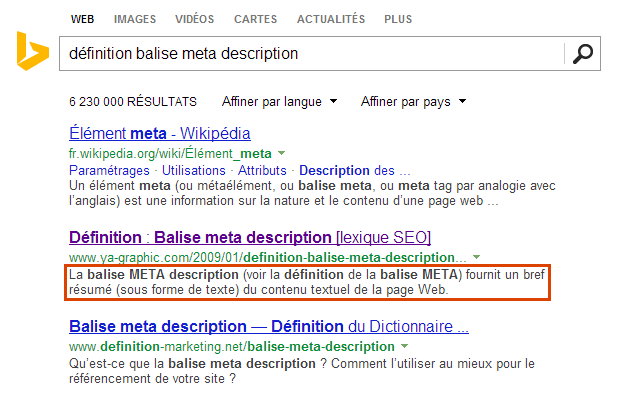

20 performed a systematic review and network meta-analysis of 114 RCTs comparing the effectiveness of first-line IOP-lowering eyedrops in patients with ocular hypertension or primary open-angle glaucoma (POAG). They found that the effectiveness of the three classes of medications was similar but that they each had different side-effect profiles. 19 The authors of that meta-analysis appropriately followed established guidelines (Quality of Reporting of Meta-analyses ) for the performance of a meta-analysis, used predetermined inclusion and exclusion criteria for selecting trials, and reported on how well the included studies met the quality criterion. were willing to only conclude that lowering IOP in patients with ocular hypertension or manifest glaucoma lowers the risk of visual field loss and has unclear effects in patients with normal-tension glaucoma, whereas the glaucoma community has drawn more widespread conclusions from these data regarding IOP lowering in glaucoma.Īnother meta-analysis compared the effectiveness and adverse effects of adding a second IOP-lowering agent to an eye already being treated with a topical prostaglandin. It gives us insight into the limited conclusions that nonophthalmologists are willing to draw from our ophthalmological data. This study is of particular note because it was published in the British Medical Journal, not in an ophthalmology journal. 8Īn example of a meta-analysis in glaucoma therapy is the study by Maier et al., 13 which addressed whether lowering of IOP delays the progression of visual field defects in patients with open-angle glaucoma. 18 Meta-analyses can be useful for reducing the biases and improving the precision that is associated with RCTs. Forest plots are a convenient way of summarizing the statistical analyses performed on the studies used for the meta-analyses ( Fig.

The averages of the study results are often weighted, placing more emphasis on larger studies. 17 Meta-analyses are particularly useful when there are small clinical trials that are inconclusive, perhaps because of size, and when different RCTs come to different conclusions. By combining the outcomes of multiple studies, the overall sample size and statistical power are increased. In a meta-analysis, statistical techniques are used to measure and compare the outcomes of multiple studies. When multiple RCTs have been conducted on a given topic, a meta-analysis can be employed. Myron Yanoff MD, in Ophthalmology, 2019 Meta-Analyses and Systematic Reviews


 0 kommentar(er)
0 kommentar(er)
